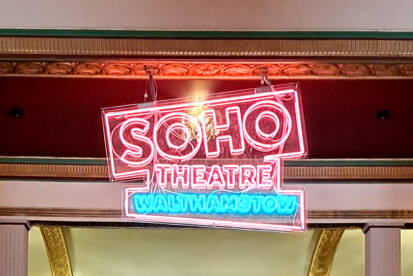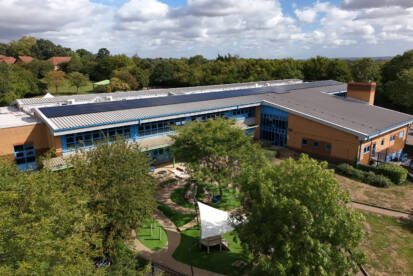Communal Light Replacement
Fitting new energy and carbon-saving lights into residential buildings
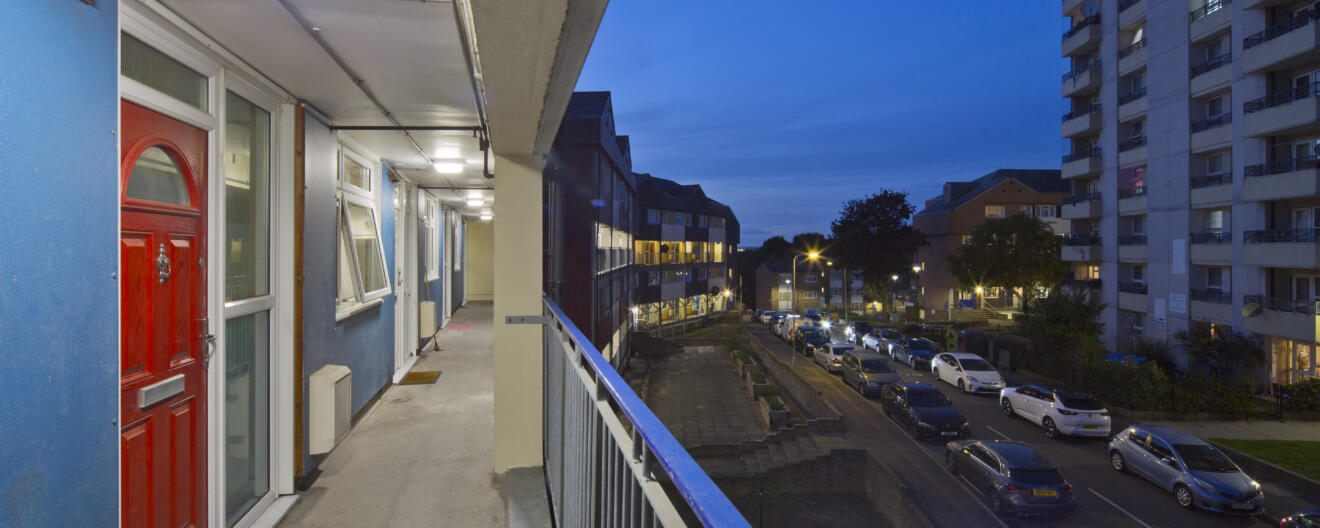
- Upgrading and replacing the lighting system
- Providing clear systems for compliance
- Providing 5 years of electrical testing for communal areas
- Recycling old lighting
- 89.42 tonnes
- Carbon saved in year 1
- 447.1 tonnes
- Carbon saved in year 2
For many years, Aston Group has been servicing the lighting systems in Waltham Forest Council’s residential blocks. However, repair costs were beginning to mount up, with a typical £300,000 being needed in repairs each year.
The technology was also becoming outdated. Compact fluorescent lighting is currently being phased out, which meant that there would soon come a time when the old stock could not be replaced like-for-like.
In addition, Waltham Forest Council, like many councils up and down the country, has made a commitment to a Climate Energy Policy. This means that it must find new ways to save energy and cut its carbon footprint.
The combination of these factors made us realise that the Council needed to futureproof its properties with regards to lighting, investing in new lights and sensors to reduce usage, cut repairs and meet environmental obligations.
We therefore proposed that the Council be proactive and introduce new LED lighting across its properties, along with new low-level lighting sensors. After carrying out extensive surveys, we found that by investing now, the Council could see a return on their investment in just three to five years.
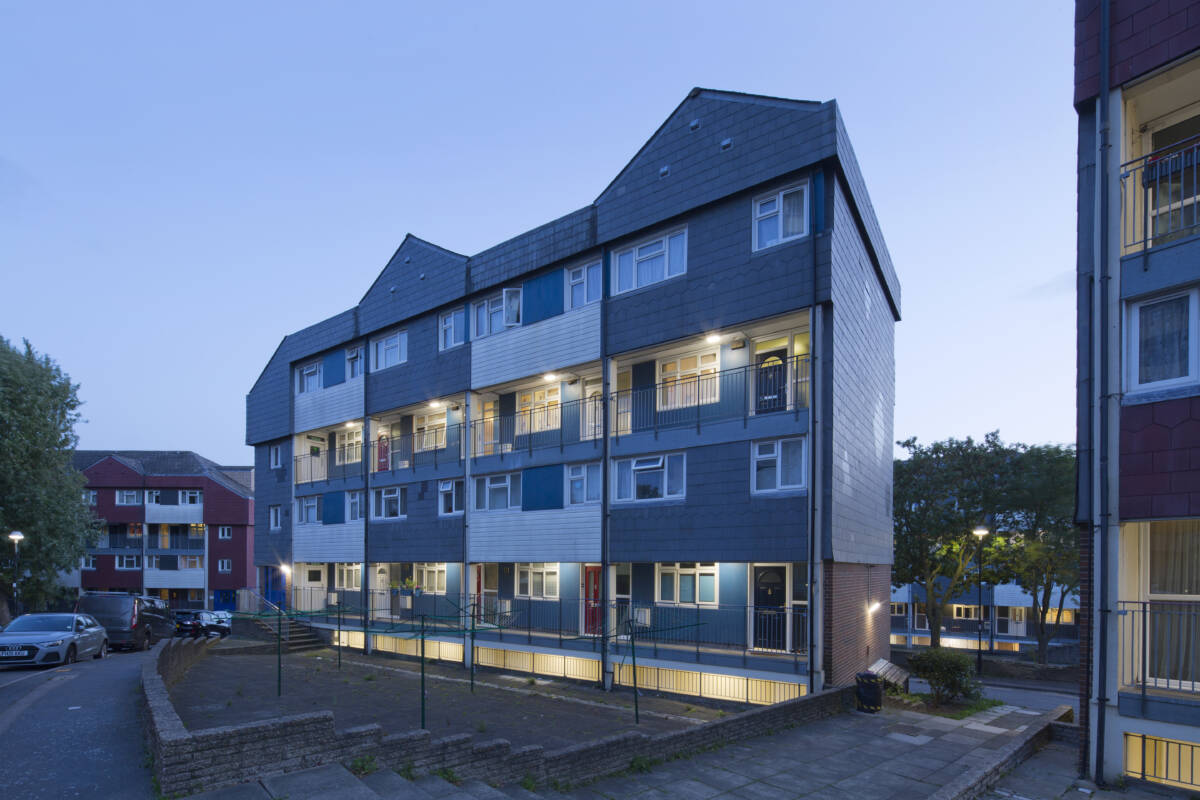
Moresby House
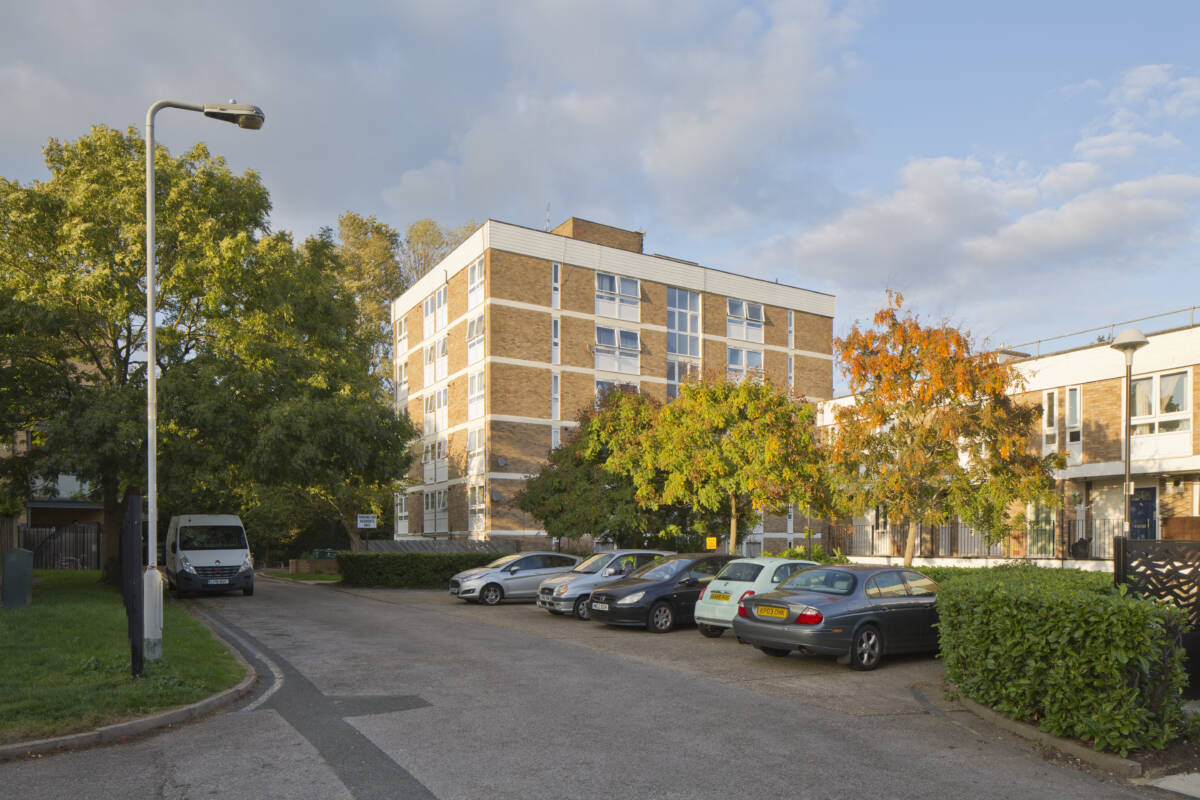
Hartwell Drive
The Challenge
To help the Council reduce its energy costs and meet its environmental goals, we needed to find replacement lighting that would be robust and long-lasting. It was also essential that we found a manufacturer who would be able to offer a five-year guarantee on the fittings to keep down repair and replacement costs.
With low-level sensor lighting to be installed, we also needed to ensure that everything was set up correctly to meet lighting level requirements. Creating compliant systems was therefore a top priority.
In addition, removing the old light fittings meant that a thorough recycling process would need to be put in place to minimise waste. This would reduce the need to send expired fittings to landfill, while also ensuring that valuable materials such as metal and glass are reused.
Finally, as the properties were fully occupied by residents, we would need to work around them and fit the lighting to their needs.

The Solution
Waltham Forest Council has a substantial number of properties that would need converting to a new system. We therefore decided to carry out the work in three phases. The first phase would be a trial on two sites (Moresby House and St Andrews Court). The second would focus on a further 195 sites and the final phase would convert the lighting at another 175 sites.
We then identified the lighting we would be fitting. Our chosen longer-life LEDs save up to 70% energy, as well as having a lifetime of 50,000 hours. To secure a good warranty, we negotiated with the manufacturers directly. This enabled us to secure a five-year warranty on the fittings, including on the lithium back-up batteries, which typically only have a three-year warranty. This means that the manufacturer will be responsible for replacing and repairing faults in all cases other than when the damage is caused by vandalism.

We also designed the system to include microwave sensors, which react to movement and the time of day, with a dimming function operating at night when no movement is detected. These sensors therefore introduce further energy-saving into the properties, which had formerly had lights that would remain on all night, or even 24 hours a day. A sophisticated addition is the integration of remote controls. This means that engineers can change the settings of individual lights at the press of a button, saving time and resources.
Before progressing with the work, Aston Group informed residents about the new lighting and planned the fitting with engineers, who would be able to complete the light replacements in two to three days for each property.
To cut wastage at the end of the project, we created a recycling programme for the old light fittings. In this programme, removed lights are tested to see if they can be used on a short-term basis when lighting repairs are needed at other sites. This eliminates the need to purchase additional temporary lighting, earning extra savings for the Council.
To further reduce waste, lights that do not meet our reuse requirements are returned to their distributors for end-of-life recycling.
- £1,646,640.76
- Council savings over the next 5 years
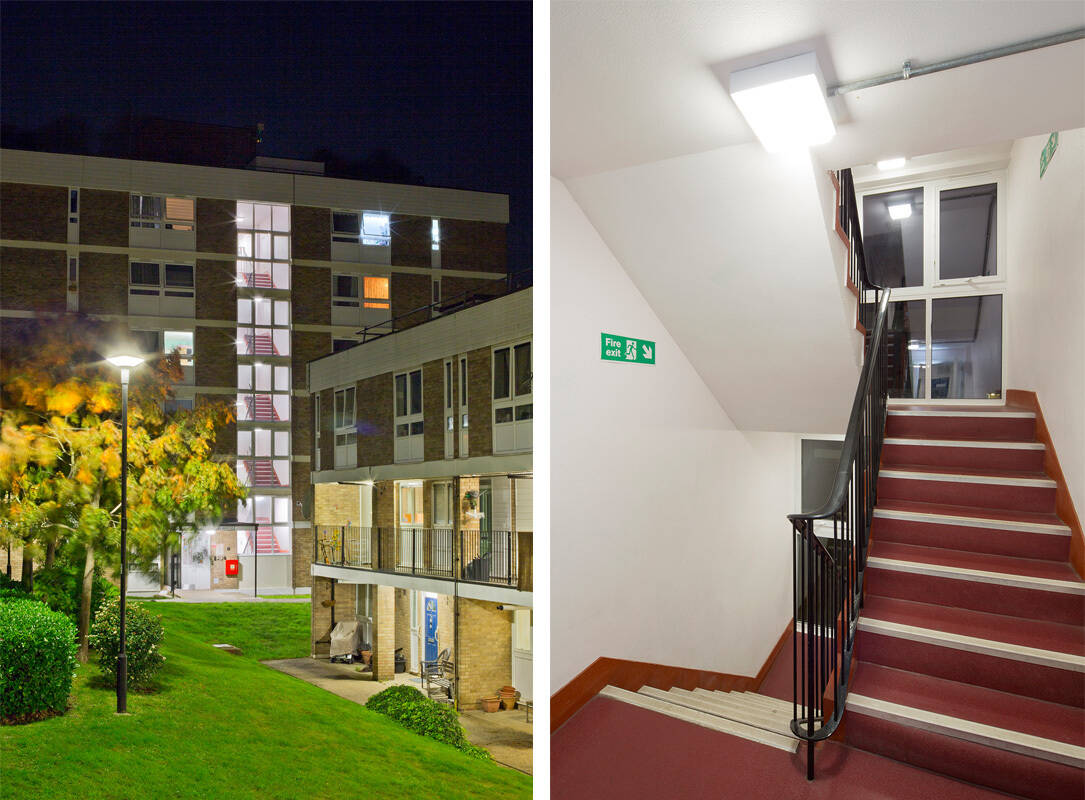
Moresby House internal and external lighting

